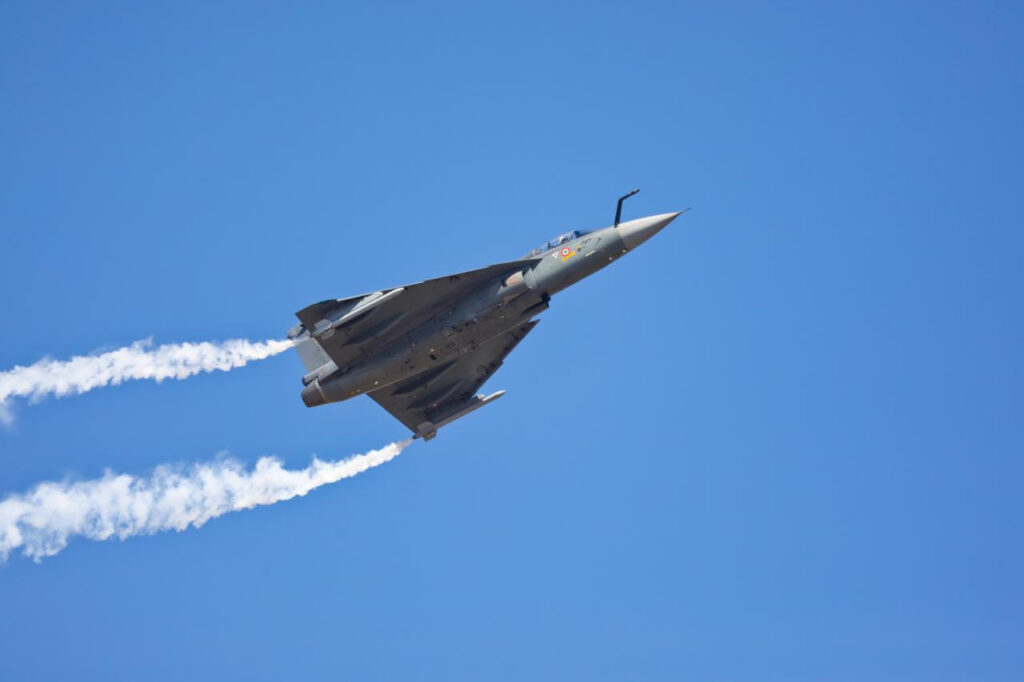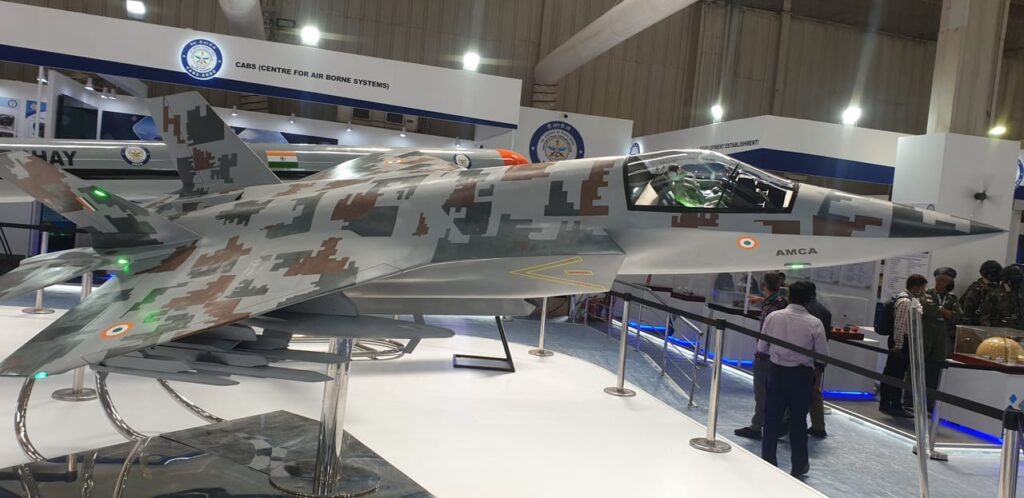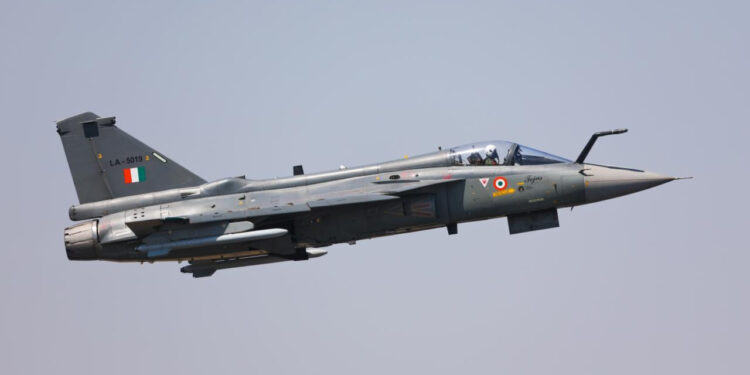India’s quest to manufacture and deploy its own fleet of fighter jets has seen several significant steps taken over the years, first with the development of the Tejas and, more recently, with the Advanced Medium Combat Aircraft (AMCA) seemingly gathering momentum. This journey is a testament to the nation’s increasing defense capabilities, and the self-reliance in aerospace technology. Here is a story tracing the roadmap of India’s indigenous fighter jet development: the landmarks and the road ahead.
Birth of Tejas: India’s First Indigenous Fighter Jet
A heavily indigenous fighter development program conducted by India’s Ministry of Defence through the Aeronautical Development Agency (ADA), the Tejas program illustrates India’s path to self-sufficiency in fighter aircraft production. The light, single-engine, multi-role combat aircraft, the Tejas, is intended to be a replacement for the ageing MiG-21s and is equivalent in comparison to the aging fleet, for the Indian Air Force.
Development in the Tejas: Accepting Them as Challenges
It was not an easy ride for Tejas. The project had its share of false starts, technical problems and funding challenges that made the future of the project, at times, uncertain. But the doggedness of the Indian engineers and defense researchers made Tejas happen. It first flew in 2001 and underwent a series of gruelling tests before joining the IAF in 2016. Today, Tejas, a hatchling of the past, is a full-grown testament to India’s capability to produce high-tech fighter jets at home, with sophisticated avionics, nimble flight and indigenous systems.
Tejas Mk2: The Next Step
The successful development of the Tejas later led to the introduction of the advanced model, known as Tejas Mk2. The Mk2 is expected to feature increased payload, greater range, and upgraded avionics. Indian Air Force is looking for Tejas Mk2 to substitute its design-aged aircrafts with more emphasis on medium weight category. A more powerful engine and other enhancements, the Mk2 is destined to become a new formidable element in India’s defense arsenal.
Key Features of Tejas Mk2
More Payload More Range: Increase in internal fuel and greater payload carrying capability will improve Tejas Mk2’s operational profile.
Advanced Avionics and Sensors: Tejas Mk2 will come equipped with the advanced radar and sensor suites, such as an Active Electronically Scanned Array (AESA) radar for improved detection and targeting.
Enhanced Engine and Performance: The Mk2 will have a next-generation powerplant that will see it able to accommodate more weapons and make for greater speed and altitude.

The AMCA: A Leap in Advanced Fighter Technology
And as Tejas inches forward, India’s defence planners are already peering into what lies beyond the Mk2, and they’re looking at what could register the next big leap in fighter aircraft technology — the Advanced Medium Combat Aircraft (AMCA). The ADA is working on the AMCA program with the aim of delivering a 5th generation stealth enabled multi-role fighter that can give the best in world performance and defense capabilities.
AMCA Development Timeline
The AMCA program as an official program kicked off in 2010 to fulfill the operational requirements of the Indian Air force. The AMCA: The Future With a vision to develop an aircraft incorporating all these stealth, supercruise, avionics and level of automation features, the AMCA would be the farmost step in the airpower ecosystem for India. The airplane won’t be operational until about 2030, though prototypes and early designs are already under way.
Key Features of the AMCA
Stealth: Stealth is one of the most important aspects of AMCA, its full form stands for Advanced Medium Combat Aircraft. The aircraft is to be designed with stealth features for low observability, including a reduced radar cross section and advanced materials.
Supercruise: The AMCA should have this feature – the ability to travel at supersonic speeds without the use of afterburners, which will give it a distinct advantage in both speed and its fuel economy.
Leathal Arsenal: AMCA will be armed with an assortment of air-to-air and air-to-ground weapons, and the ability to onboard Indian weapons systems.
Glass Cockpit and Advanced Avionics: The cockpit will be equipped with glass displays and modern avionics like AI-based targeting systems, which promises the pilot with augmented situational awareness.

SOME CHALLENGES AND THE WAY FORWARD
It has not been without its challenges for India when it comes to its own indigenous fighter jet development. High-tech aerospace development is facing tough conditions, such as scarce resources, technological bottlenecks and sticking to a time frame for such an ambitious project. All is not lost, though – the successful making of Tejas and the achievement of project milestones towards AMCA indicated that the country is heading in the right direction.
Technological Constraints to be Overcome
Integration of state-of-the-art avionics and indigenous Kaveri engine was one of the major hurdles in the development of Tejas. These are issues that are being resolved in the Mk2 and AMCA programmes, by increasing indigenous capacities and by building links with global defence technology suppliers.
Another area where IAF has laid down the red lines the stealth features of the design & materials technology which has to be on the cutting edge. But India has already had some notable success in that, in producing stealth coatings and in advanced radar-absorbing materials. The AMCA would succeed only if these technological challenges could be addressed without adding to the cost.
Collaborations with Industry and Global Partnerships
As India progresses in making these top of the line fighter jets, international collaborations will be of pivotal importance in this massive leap of technology. India for instance has already signed defense deals with countries such as France and Russia to jointly develop and manufacture defense technologies. These collaborations would be critical in expediting projects related to high technology systems like the engine of Tejas Mk2, and stealth technologies for AMCA.
Implications: A More Powerful India in Global Defense
The indigenously developed fighter jets, such as the Tejas, Tejas Mk2 and AMCA, stand for more than just military self-sufficiency. These are the various programs that India has envisaged to modernize its armed forces and to establish its dominance in international aerospace and defense industry.
Increasing National Security
An indigenous fleet of modern fighter jets adds to India’s national security as it can become less dependent on other countries for its military arsenal and thereby develop a more self-reliant defense industrial base. It also enhances India’s deterrence potential, something that becomes critical with the security threats in the region.
Export Potential
India’s success in developing sophisticated fighter aircraft has the potential to provide alternative credit for defense exports. As India nurtures defense relationships with African, Southeast Asian, and Middle Eastern countries, it has the potential to become a provider of inexpensive, high-quality fighter jets for the global market.
Conclusion
The road to AMCA: From Tejas to AMCA, India’s fighter jet roadmap reveals a country determined to be a global aerospace power Given the successful induction of Tejas, and promising prospects of Tejas Mk2 and AMCA, India is well on its way to becoming self-reliant on fighter aircraft. Ahead are, no doubt, many more challenges for the project, but the way forward will demonstrate India’s domestics mastery in envisioning and creating cutting-edge fighters jets that will strengthen its defense forces and solidify its presence in the field of global defense technology.
Keeping up the momentum on research and innovation in aerospace, coupled with government-industry coordination, AMCA’s successful implementation will be cornerstone in India’s aerospace journey, ensuring that India emerges as one of the top global defense powers.


